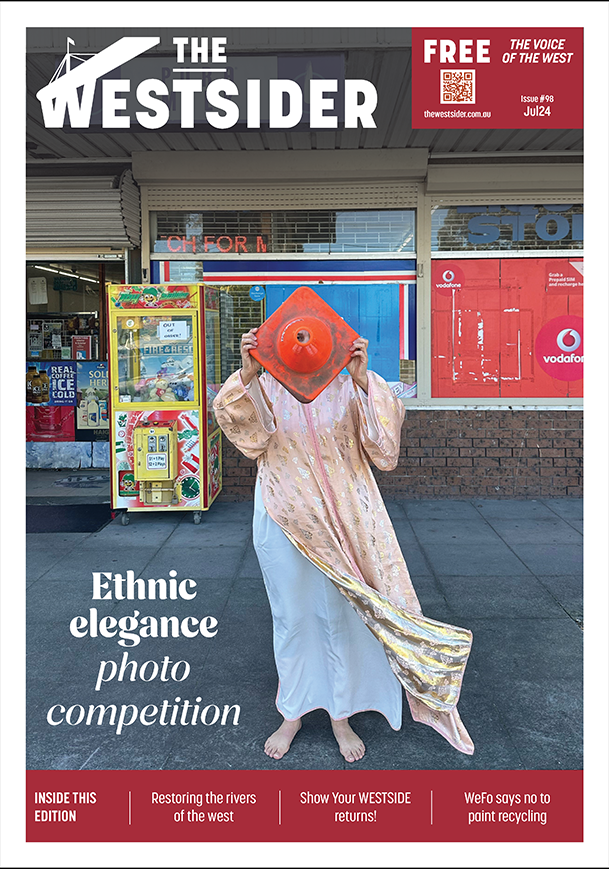By Bernadette Thomas
Thanks to the COVID lockdown I finally got around to reading Dark Emu, by Bruce Pascoe. I’d started it a few years ago and got interrupted, never finding time to go back to it until now. I’m glad I did. It led me to understand more about the use of land by Aboriginal people and how it provided a connection to Country.
Pascoe outlines Aboriginal and Torres Strait Islander people’s use of the land for sustenance, housing and spiritual nourishment. He inverts the long-accepted misconception that Aboriginal people were “mere wanderers across the soil and knew nothing about how to grow and care for food resources”. Pascoe used the journals and diaries of early non-Aboriginal explorers and colonists to paint a vivid picture of a sophisticated approach to manipulating the landscape for economy and culture. Understanding of cycles and seasons, the movement of animals across and within the landscape, recognising limits, maintaining diversity, and connecting the social, economic, and environmental ensured a holistic approach.
Australia’s Aboriginal and Torres Strait Islander people have been sustainably managing land for tens of thousands of years. The practice of sustainable land management has not only provided food, clothing and shelter, but has given us many of the landscapes we are familiar with right across the country. This approach has come to be known as Caring for Country – using and modifying resources provided by nature in a way that sustains rather than degrades it; showing respect for those resources and their contribution to nourishing ancestors; and ways of managing the land that ensures use by future generations.
Not-withstanding the cultural, economic, spiritual and resource related lessons we can learn from this, it can also remind us of the importance of connection to land, beyond an economic-centric invest and reward model.
My learning about what Caring for Country means for culture and connection with nature is emerging at the same time as many non-Aboriginal people have lost this connection to the land. From the earliest days of European invasion/colonisation, our environments have become increasingly urban, our days are filled with moving through concrete jungles, we eke out small patches of green amidst the towering giants of high-rise development. Even our urban sprawl allows only the smallest of spaces of ‘nature’ to be retained in the urban landscape.
In 2019, I walked the Lurujarri Heritage Trail with the Goolarabooloo people. For nine days my friends and I walked from Broome to Walmadany (James Price Point). After a few days I found my rhythm; we were walking to learn and to feel, not simply to arrive. Following the songlines, walking the country, listening to stories, observing the landscape, I began to feel a deeper sense of ease with my surroundings. I thought about my connection to my own home, the place I was born and lived as a child, the multiple homes I had during my university days and after, or the one I have now (living on a main road opposite a fast food joint and enduring the constant noise of traffic and people moving through the hard landscape). I have attempted to recreate my connection with nature – by joining Landcare groups, enjoying national park camping, walking and hiking, even by growing food in my backyard and potting plants inside my home.
Our disconnection to nature leaves us vulnerable – to overlooking its value, what it means to our mental and physical wellbeing, what it means to enjoy nature as an equal and not as a conqueror. If we are unable to make this most basic of connections, where does that leave our connections with each other?
Bernadette Thomas lives on lands belonging to the people of the Kulin nation.

